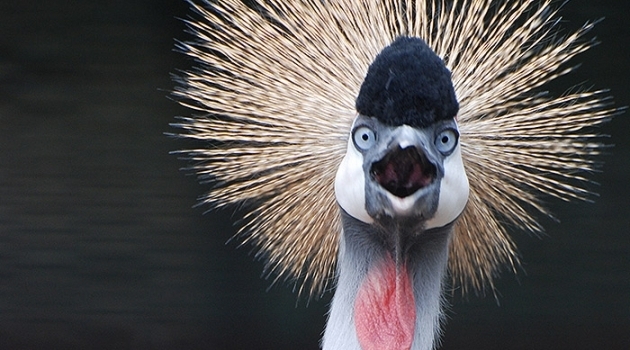How does climate change affect biodiversity?
How does climate change affect species’ abundance and spread? This is a key question in climate debate which is hard to answer without information about a species’ natural variation. Now, researchers at Uppsala University for the first time are able to paint a detailed picture of natural variation in a large study published today in leading scientific journal Current Biology.
How climate changes affect species’ abundance and distribution is a central issue in climate debat, since human influence on the climate may threaten biodiversity. But until now there hasn’t been any way of finding out.
Krystyna Nadachowska-Brzyska and Hans Ellegren at Uppsala University’s Evolutionary Biology Centre have for the first time ever been able to shed some light on the issue by analysing the entire genomes of some 40 bird species. By studying their genetic variation they have been able to calculate how common the species have been at different points in time, starting several million years ago.
‘A majority of all species display cyclic variations in numbers’, says Professor Hans Ellegren. ‘The cycles often coincide with the ice ages.’
During the Pleistocene, i.e. the last 2,6 million years, the ice sheet has repeatedly grown out across large parts of planet Earth. Species have been pushed together, causing the numbers of individuals to be reduced. When the climate has warmed again and the ice sheet retreated, many species have again become more numerous.
That species increase and decrease in numbers therefore seems to be a natural consequence of climate variation. At the same time, Hans Ellegren warns of the human impact on the environments that many birds live in as well as on the climate.
‘The latest ice age, spanning from 110,000 to 12,000 years ago, has had a particularly great affect on birds. Many species display the most significant reduction in numbers during this period’, he says.
This means that the ongoing human impact on environments and habitats, and of course the climate, risk causing extra harm to species which are already at a low level, ‘tipping’ them over the edge and causing extinction.
‘We have analysed several species from the IUCN’s (International Union for Conservation of Nature) list of threathened species and several of these, for instance the crested ibis, the grey crowned crane, the brown mesite and the kea, were already at a low level when human activities started affecting their distribution
’, says Hans Ellegren.The study is based on advanced mathematical calculations of how many individuals of each species have existed during different time periods to give the genetic variation we can see today. The study is the most extensive of its kind so far.
Anneli Waara

